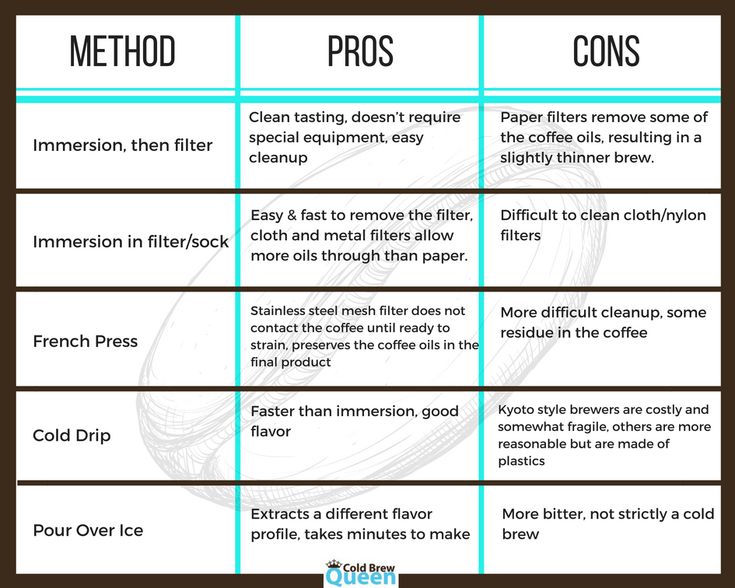
Coffee Brewing: A Fusion of Science and Art
Crafting the perfect cup of coffee is both an art form and a scientific endeavor. The brewing method you select directly influences the taste, aroma, and overall experience of your coffee. From the robust intensity of espresso to the mellow smoothness of cold brew, each method brings its unique charm. Let’s explore the nuances of coffee brewing, enriched with my personal journey through these methods.
Chemex: A Blend of Elegance and Precision
The Chemex is a popular pour-over device known for its sleek, timeless design and ability to produce a clean, bright cup.
Advantages:
- Balanced Taste: Thick paper filters reduce oils, creating a smooth and refined flavor.
- Stylish Design: A Chemex doubles as a centerpiece in your kitchen.
- Versatile Sizes: Available in multiple capacities to suit solo drinkers or groups.
Drawbacks:
- Delicate Construction: Its glass body requires careful handling.
- Requires Practice: Achieving consistency takes time.
- Time-Intensive: Like most pour-over methods, it demands patience.
Siphon Brewing: Theatrical and Flavorful
Siphon brewing is an impressive method that blends scientific precision with artistic flair, using vacuum pressure to create a uniquely nuanced coffee.
Advantages:
- Visual Appeal: The process feels like a scientific experiment, making it entertaining.
- Distinct Flavor: Creates a delicate, tea-like coffee with pronounced notes.
- Great for Hosting: A sure conversation starter for guests.
Drawbacks:
- Costly Equipment: High-quality siphon brewers come at a steep price.
- Complex Process: Assembly, brewing, and cleaning require effort.
- Fragility: Most siphon brewers are made of delicate glass.
My Personal Coffee Journey
Experimenting with different brewing methods has been a rewarding exploration of flavors and techniques. I started with a basic drip coffee maker, which was convenient but lacked the depth of flavor I desired. The switch to a French Press opened my eyes to the bold richness coffee could offer.
Curiosity led me to try pour-over brewing. My first attempts were messy and inconsistent, but with practice, the Chemex became a weekend staple, offering unparalleled clarity in flavor. When I ventured into espresso, the learning curve was steep but satisfying. Perfecting tamping pressure and grind size was a challenge, but pulling a flawless shot became one of my favorite morning rituals.
Comparing Brewing Methods: Manual vs. Automatic
Manual Brewing
Manual methods like pour-over, French Press, and AeroPress offer control and flexibility, making them ideal for enthusiasts who enjoy customizing their coffee experience.
Best For:
- Coffee lovers who enjoy experimentation.
- Those who value the ritual of brewing.
Automatic Brewing
Drip coffee makers and espresso machines deliver convenience and consistency, perfect for busy mornings or brewing for multiple people.
Best For:
- People with limited time.
- Households needing to brew large quantities.

Choosing the Right Method for Your Lifestyle
For the Time-Pressed Professional
Automatic drip coffee makers or pod-based systems like Keurig save valuable time without sacrificing too much flavor.
For the Avid Coffee Aficionado
Pour-over techniques, such as the Chemex or V60, are perfect for savoring the brewing process and appreciating intricate flavor notes.
For Outdoor Adventurers
The portable AeroPress is ideal for camping trips or even a quick brew at the office.
My Recommendations Based on Experience
If you’re new to brewing, a French Press is a fantastic starting point. It’s simple, forgiving, and consistently produces a rich cup. For those ready to elevate their coffee game, a Chemex provides unmatched flavor clarity and is excellent for hosting.
Espresso machines are an investment, but the payoff in creating café-quality drinks at home is well worth the effort. While the French Press remains my everyday favorite, having an espresso machine adds a touch of luxury to special occasions.
Additional Brewing Tips for Success
- Invest in a Burr Grinder: Consistency in grind size ensures better results.
- Choose Fresh Beans: Recently roasted coffee enhances flavor and aroma.
- Master Ratios: Aim for a coffee-to-water ratio of 1:15 to 1:17 for a balanced cup.
- Monitor Water Temperature: Ideal brewing occurs between 195°F and 205°F.
Conclusion: Brewing as a Journey
The ideal brewing method depends on your preferences, lifestyle, and willingness to experiment. Each technique offers something unique, whether it’s the clarity of a Chemex or the boldness of a French Press. For me, the process of brewing has become just as enjoyable as the coffee itself. Embrace the journey and discover the method that suits your taste and routine best.
FAQ
Q: What’s the simplest method for beginners?
A: A French Press or automatic drip coffee maker is a great starting point for ease and reliability.
Q: Is an espresso machine worth it?
A: If you enjoy concentrated coffee or café-style drinks, the investment is worthwhile.
Q: How can I reduce bitterness in my coffee?
A: Use the correct grind size, avoid over-extraction, and maintain the right water temperature.
Q: Which method is most eco-friendly?
A: The French Press and AeroPress are sustainable options with reusable components.
Q: Do I need a scale for brewing?
A: A scale helps ensure precise coffee-to-water ratios, especially for pour-over methods.
Q: What’s the best method for cold coffee?
A: Cold brew is great for smooth iced coffee, while AeroPress can make a quick cold option.
Q: What’s the difference between French Press and AeroPress?
A: The French Press yields a robust, full-bodied coffee, while the AeroPress produces a cleaner, versatile brew.
Q: Can I use pre-ground coffee?
A: Yes, but freshly ground coffee delivers superior flavor and aroma.
Q: How can I perfect my pour-over technique?
A: Use a gooseneck kettle for controlled pouring and practice timing and consistency.